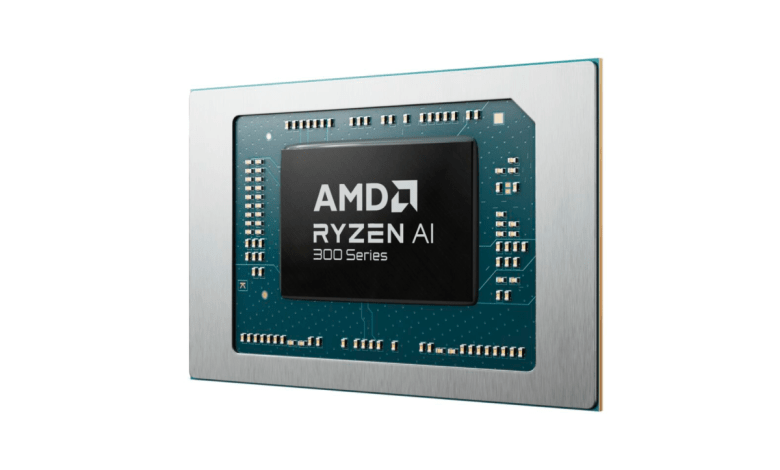AMD explains its AI PC strategy

In the past few years, the concept of “AI PCs” has gone from being a desperate attempt to reinvent the computer industry, to something that could change the way we live with our PCs. To recap, an AI PC is any system that uses a CPU equipped with a neural processing unit (NPU), designed specifically for AI workloads. NPUs have been around in mobile hardware for years, but AMD was the first company to bring them to x86 PCs with the Ryzen Pro 7040 chips.
Now with its Ryzen AI 300 chips, AMD is making its biggest push for AI PCs – something that could pay off in the future as we see more AI-driven features like Microsoft’s Recall. (Important to note, that was also mixed with privacy concerns and delayed.) To get a better sense of how AMD is approaching the AI PC era, I spoke with Ryzen AI leader Rakesh Anigundi, who leads the Ryzen AI product along with Jason. Banta, CVP and GM of Client OEM. You can listen to the full interview on the Engadget Podcast.
My most pressing question: How does AMD plan to get developers on board with AI-powered hardware? NPUs aren’t really a selling point if no one is making applications that use them, after all. Anigundi said he was well aware that developers in general “just want things to work,” so the company built a strategy around three pillars: A strong software stack; functional hardware; and delivering open source solutions.
“We are of the philosophy that we do not want to establish standards, but we follow standards,” said Anigundi. “That’s why we’re double-clicking ONNX, which is a cross-platform framework to bring out the best performance in our system. This is very much in line with how we work with Microsoft, enabling their next generation experience and OEMs. And on the other hand, where there’s a lot of innovation happening with ISVs small ones [independent software vendors]this strategy works very well too.”
He points to AMD’s recently launched Amuse 2.0 beta as one of the ways the company is showing off the AI capabilities of its hardware. It’s a simple AI image generation program, and it runs entirely on your NPU-equipped device, no need to access OpenAI’s DallE or Google’s Gemini in the cloud.
AMD’s Banta reiterated the need for a larger set of tools and software stack, but pointed out that the company is also working closely with partners like Microsoft to prototype hardware to ensure the quality of the customer experience. “[Consumers] it can have all the hardware, it can have all the tools, it can have all the base models, but making that customer experience great requires a very specific direction at the same time between us and those ISV partners.”
In this case, Banta is also referring to AMD’s relationship with Microsoft when it comes to building the Copilot+ experience into its systems. While we’ve already seen a few AI features in the first batch of Qualcomm Snapdragon-powered Copilot+ devices, like the new Surface Pro and Surface Laptop, they’re not yet available in Copilot+ systems using x86 chips from AMD and Intel.
“We make the transaction perfect,” Banta said. At this point, you can consider Ryzen AI 300 machines to be “Copilot+ ready,” but not yet fully Copilot+ capable. (As I mentioned in my review of the Surface Pro, Microsoft’s current AI features are basic, and that probably won’t change until the Recall is officially released.)
As for those rumors surrounding AMD developing an Arm-based CPU, company executives, naturally, didn’t reveal much. “Arm is working closely with AMD,” Banta said. “We are working together to find many solutions in all our ways… [the] The CPU is the whole roadmap, I can’t really talk about what’s coming next. , it wouldn’t be too surprising to see AMD go down the same road paved with Arm.
Source link




Hi there, just became aware of your blog through Google, and found that it is truly
informative. I am going to watch out for brussels. I will be grateful
if you continue this in future. Numerous people will be benefited from your writing.
Cheers!!